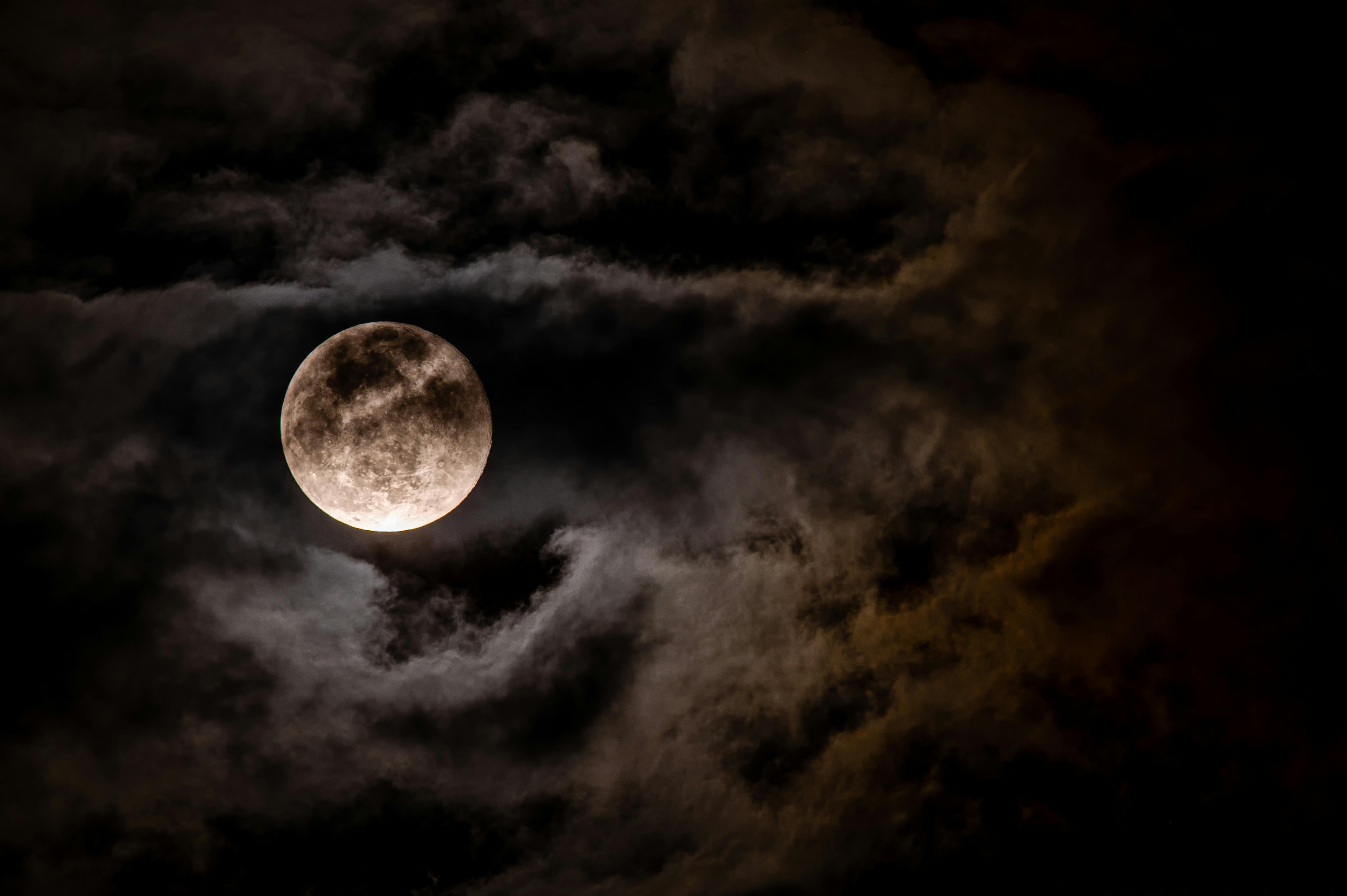
It is almost comical, in the tragicomic sense, that humanity’s next great adventure, returning to the moon has less to do with exploration than with ego. Once, the lunar landings were a matter of national pride, a high-stakes contest between two superpowers vying for ideological supremacy. Now, the narrative has shifted, and the actors have changed: the astronauts are still there, of course, but the drama is increasingly written by billionaires whose private fortunes are the new propulsion systems for national ambition.
The moon, in this version of the story, is less a celestial body to be studied than a boardroom. Elon Musk promises Martian ambitions while polishing his lunar résumé. Jeff Bezos peddles lunar mining dreams, envisioning a supply chain beyond Earth. China methodically positions itself with state-backed lunar missions, quietly demonstrating that this is still a matter of strategic muscle. And in between these high-profile players are smaller nations, India, the UAE, Japan, staking symbolic flags, each hoping to show that, yes, we too can step onto the surface of the moon without tripping over our own budgetary shoelaces.
This is not the moon landing of the past. There is no single, unified mission, no moment that captures the collective imagination in quite the same way as Armstrong’s “one small step.” Instead, we have a scattershot, almost chaotic pursuit of lunar real estate and orbital influence. And while there is undeniably science in these ventures, important, sometimes brilliant science, it is often overshadowed by the theatre of personalities, press releases, and the quiet but insidious influence of capital.
It is fascinating, in a slightly absurd way, to witness a billionaire space race unfold alongside the very real challenges of climate change, pandemic fatigue, and geopolitical instability. The optics are stark, humanity, with its mess of Earthly problems, is now betting that our salvation or at least our prestige, resides 238,900 miles away. The moon, which was once a symbol of what we could achieve together, has become a stage for what we can achieve individually or more accurately what the wealthiest among us can achieve.
Yet there is a certain poetry to this chaos. The private ventures are daring in ways governments often cannot be. Risk-taking, once the domain of nation-states and astronauts trained to near-perfection, now has the reckless charm of private capital. Musk’s Starship launches, with flames and fireballs, are reminders that exploration is still messy, unpredictable, and sometimes spectacular. There is something thrilling about that: a reminder that adventure need not be sanitized. But there is also a nagging question: what happens when spectacle outpaces substance?
Consider the consequences. Lunar mining, lunar tourism, lunar bases: these are not science fiction but a very real possibility in the next decade. And yet, these ventures are happening with minimal oversight, no clear framework for international cooperation, and a capitalist urgency that prizes speed over equity. The moon is not a blank canvas; it is a shared heritage. Will it remain so, or will it become the province of those who can afford to reach it first? In this new race, dollars and their accompanying social power, may matter more than knowledge, collaboration, or ethics.
And still, despite these concerns, one cannot entirely dismiss the optimism that comes with renewed lunar attention. The new moon missions are inspiring young engineers, scientists, and dreamers in ways social media activism and virtual classrooms cannot. The notion that human beings might once again walk on another world is inherently seductive, regardless of who foots the bill. There is a hope, faint but persistent, that even amidst billionaires’ hubris, some good science will emerge, some discoveries will enrich our understanding of the cosmos, and perhaps, in an ironic twist, even benefit life here on Earth.
But let us not romanticize it too much. This is not a clean narrative of humanity advancing together. It is a messy, uneven, deeply human story: egos and nations, money and ideology, ambition and recklessness, all tangled together with the faint glow of Earthlight reflecting off the lunar surface. And therein lies the fascination: watching a billionaire casually orbiting the moon while the rest of the world struggles to orbit its own problems is absurd, maddening, and oddly poetic.
So yes, the moon is back in vogue. But this time, it comes with a twist: the old space race was a test of national will; the new one is a test of who has the money to imagine and act on new frontiers. It is a race that is less about flags and footprints and more about narratives, personal brands, and influence in a world increasingly defined by wealth and spectacle. And while we cheer for the astronauts, engineers, and scientists, we must also watch the billionaires. Because in this new lunar era, they are not just passengers on the voyage they are, in many ways, the pilots.

No comments:
Post a Comment